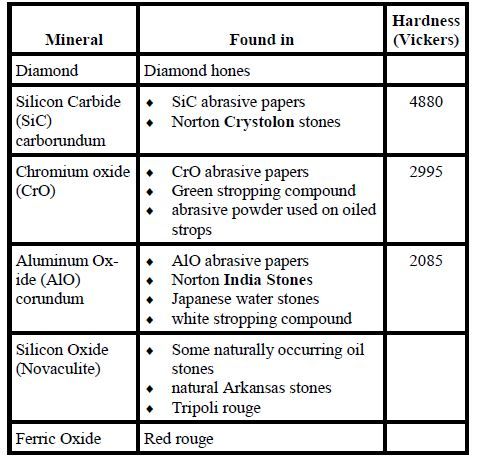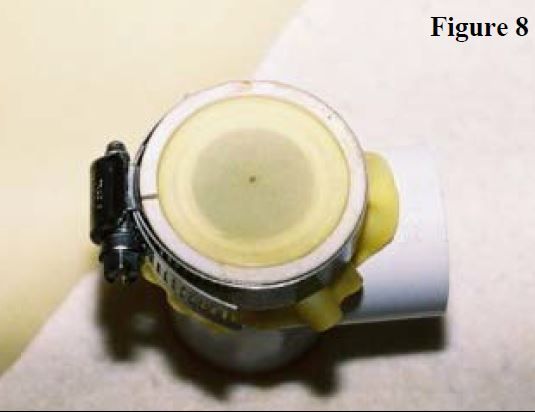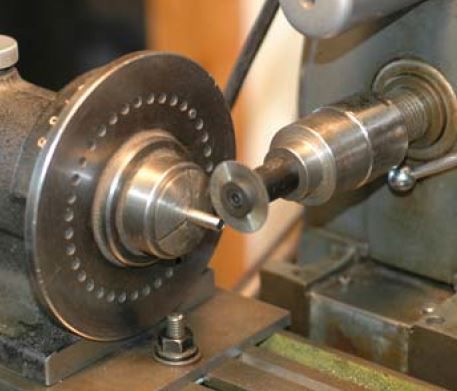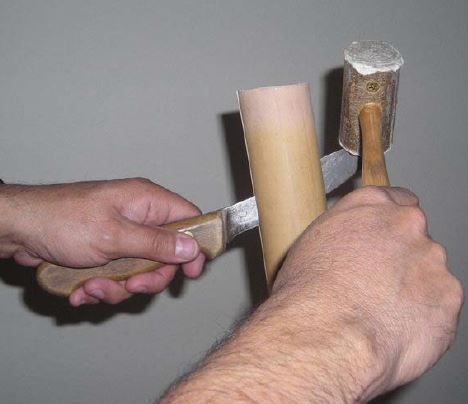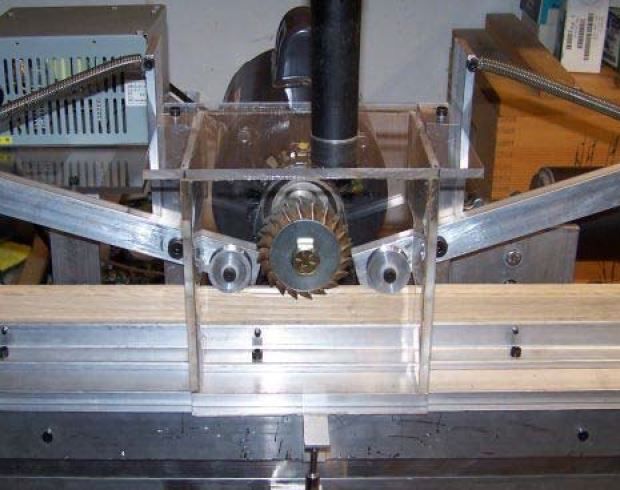
Power Beveling Mill
Every year since I started making rods I take some time in the spring and summer months to take on a project to update something in my rod making shop to help make the job easier and more efficient. This year was no different. In working for a contract manufacturer in the electronics industry as a Costing Project Manager, it has been ingrained in my head to make sure costs are down and the manufacturing environment is run efficiently. I have taken this daily job mentality to the rod shop as well, and last year’s project was to make a more efficient beveler for roughing out strips prior to heat treating and planing...
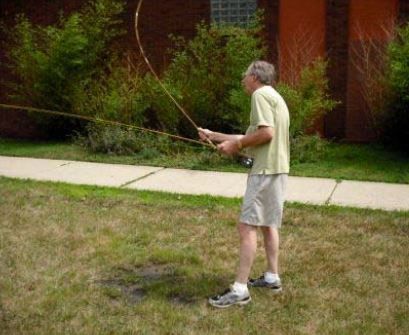
A Tale of Two Rods
As an amateur rod builder, I’m always looking for the perfect fly rod, and therefore, I always look at new tapers. When Bob Milward’s book, Bamboo Fact, Fiction, and Flyrods, came out a few years back, he included a section on eight foot four weight rods with four tapers that were drastically different but performed well in Bob’s estimation. All the tapers were modifications of existing tapers. He listed them on page 91, as A, B, C and D. The A was derived from the Paul Young Para 15, slimmed down; the B was based on Garrison straight tapers; the C was a fast taper which sounded like it was inspired by Powell; and the D was a “classic step down” which Bob said felt light in hand...
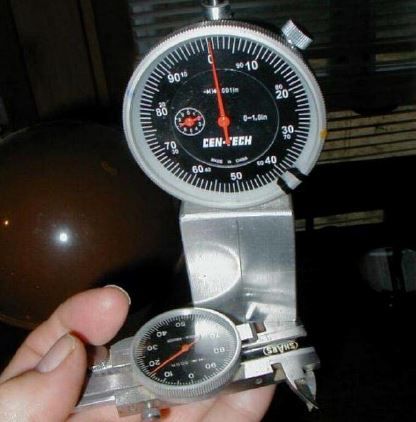
Rodmaking 101, Part II
In the last issue we got up to heat treating the strips. If you have an oven this is straightforward. Heat the oven to the temperature you want and put the strips in the oven for the time you want.
I get my oven to 425 degrees F. This is above what I use to heat-treat. I use the MD Fixtures...
